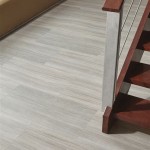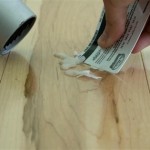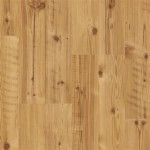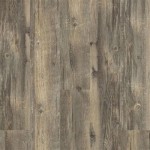Essential Aspects of Vinyl Flooring Roller
In the realm of vinyl flooring installation, a vinyl flooring roller plays an indispensable role. This dynamic tool ensures that your new flooring lies flat, adheres firmly, and achieves a pristine finish. Understanding its key characteristics and proper usage techniques is paramount for a successful installation process. Here's a comprehensive guide to the essential aspects of a vinyl flooring roller:
Roller Types and their Applications:
Different types of vinyl flooring rollers cater to specific flooring materials and installation techniques.
- Steel Roller: A heavy-duty roller designed for compacting thicker vinyl flooring, such as luxury vinyl planks or tiles.
- Rubber Roller: A versatile roller suitable for both thinner and thicker vinyl flooring. It provides a moderate level of pressure and is ideal for smoothing out wrinkles.
- Tamping Roller: A handheld roller with a weighted base, used for securing the edges of vinyl flooring and ensuring proper adhesion.
Choosing the Right Roller:
Selecting the appropriate roller for your vinyl flooring type is crucial. Here are some factors to consider:
- Flooring Thickness: Thicker flooring requires a heavier roller like a steel roller, while thinner flooring can be handled by a rubber roller.
- Installation Method: Floating floors may require only a rubber roller, while glue-down floors might necessitate a steel roller for adequate pressure.
Proper Usage Techniques:
- Prepare the Subfloor: Ensure the subfloor is level, clean, and free of debris before installing vinyl flooring.
- Roll Gradually: Apply even pressure and roll the roller gradually across the entire surface, starting from the center and moving outward.
- Avoid Over Rolling: Excessive rolling can damage the flooring or create air pockets.
- Use a Tamping Roller: After rolling the main surface, use a tamping roller to press down the edges and seams firmly.
- Inspect and Repair: After rolling, inspect the flooring for any gaps or wrinkles. If necessary, use a heat gun or pressure-sensitive adhesive to seal any imperfections.
Maintenance and Storage:
To maintain your vinyl flooring roller in optimal condition, follow these guidelines:
- Clean Regularly: Wipe down the roller with a damp cloth to remove any dirt or adhesive residue.
- Lubricate: Occasionally lubricate the roller bearings with a silicone-based lubricant to ensure smooth operation.
- Store Safely: Keep the roller in a dry and protected location when not in use.
Conclusion:
A vinyl flooring roller is an essential tool for achieving a professional and durable vinyl flooring installation. By understanding the different types of rollers, choosing the right one for your flooring, and following proper usage techniques, you can ensure that your new flooring looks stunning and lasts for years to come.

Rox Vinyl Roller 68 Kg Floorshq

Crain 075 75 Lb Vinyl Roller Tools4flooring Com

Roberts Extendible Floor Roller For Sheet Vinyl Flooring Installation 10 955 The Home Depot

Vinyl Floor Rollers 28kg 50kg 70kg For The Professional Layer

Roberts 75 Lb Vinyl And Linoleum Floor Roller With Transport Wheels 10 950 The Home Depot

Roberts Heavy Duty Roller

Ufs 150lb 68kg Linoleum Roller

Roberts 10 952 100 Lb Heavy Duty Roller Tools4flooring Com

Roberts 75 Lb Vinyl And Linoleum Floor Roller With Transport Wheels 10 950 The Home Depot

75 Lb Vinyl And Linoleum Floor Roller Lax Equipment Al
Related Posts








